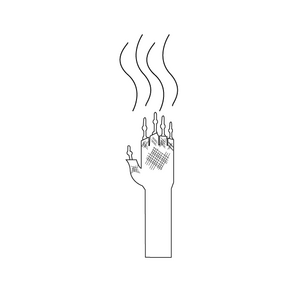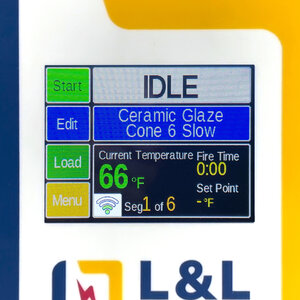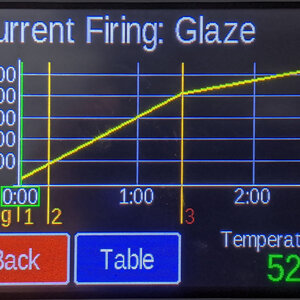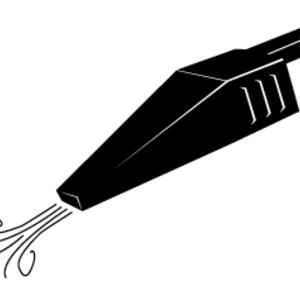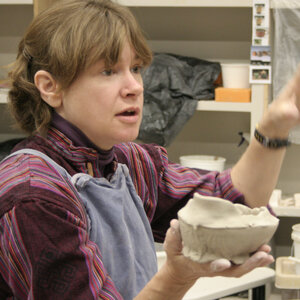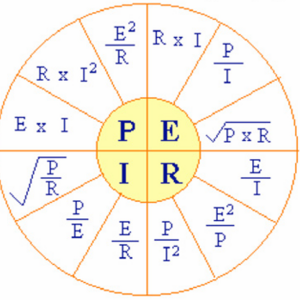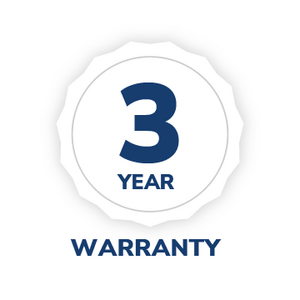GETTING STARTED
The L&L Plug-N-Fire is the first cone 10 electric kiln that can operate on a standard 15-amp circuit. Measuring 8 inches square by 9 inches high (0.33 cubic feet), this compact test kiln offers the durability and features you expect from L&L in a versatile, small package.
- Designed for almost all 15 amp 120-volt circuits (for USA models).
- Great test kiln and hobby kiln.
- Please follow these instructions to assemble and install your kiln.
- Be mindful of where you use the kilns because of heat.
- Also, be sure to use it in a well-ventilated area.

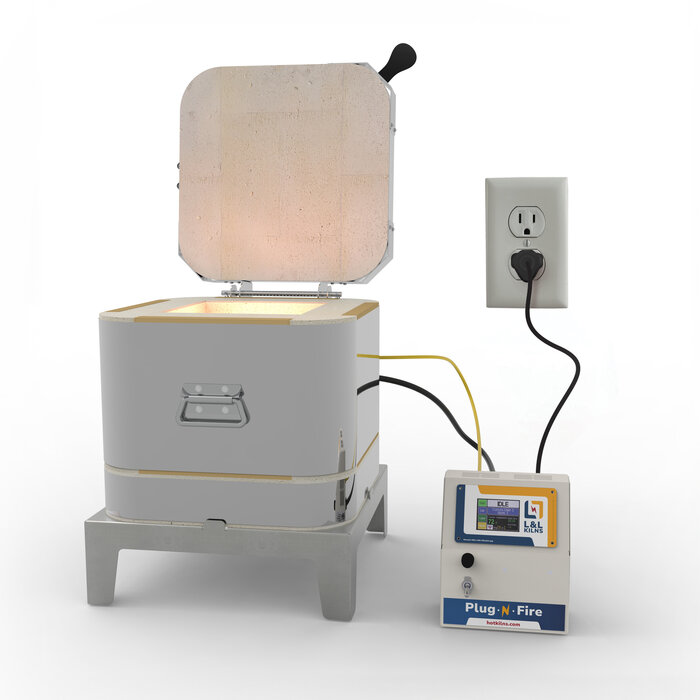
INSTALLATION
Ventilation
- No Vent Needed: Compact design eliminates dedicated vent system.
- Ventilation Tips: Use in a well-ventilated area for performance, air quality, and safety.
Placement
- Floor Surface: Use non-combustible surfaces (cement, ceramic, stone, slate, cinder blocks, brick).
- Avoid: Wood, vinyl, carpet; protect linoleum with a non-combustible covering.
- Work Table: May be placed on a non-combustible raised table.
- Clearance: maintain 18" clearance from non-combustible walls, 12" minimum; 3 feet from combustible surfaces.

Unpacking
Your Plug-N-Fire will arrive in two separate boxes. Box 1 (blue) contains the main ring and the Genesis mini controller, while Box 2 (red) contains the stand, bottom, lid, and furniture kit. Unpack both boxes and keep everything organized.
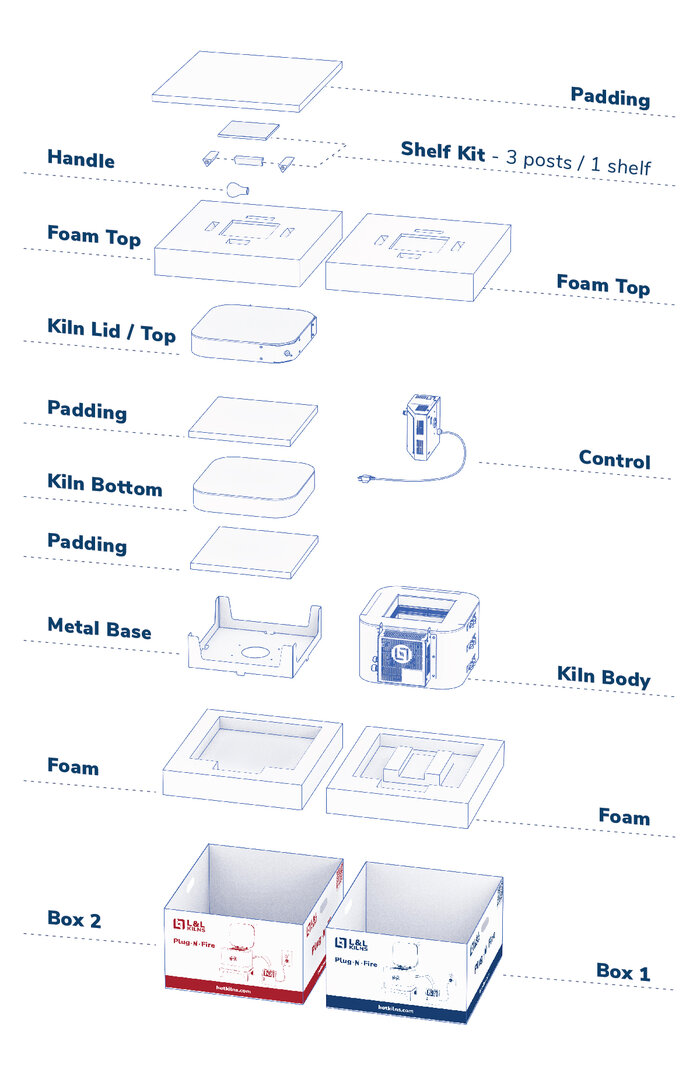
Pre-Assembly
Remove the transport clips from the element channels located in the kiln body and make sure the elements rest completely in the channels before firing.
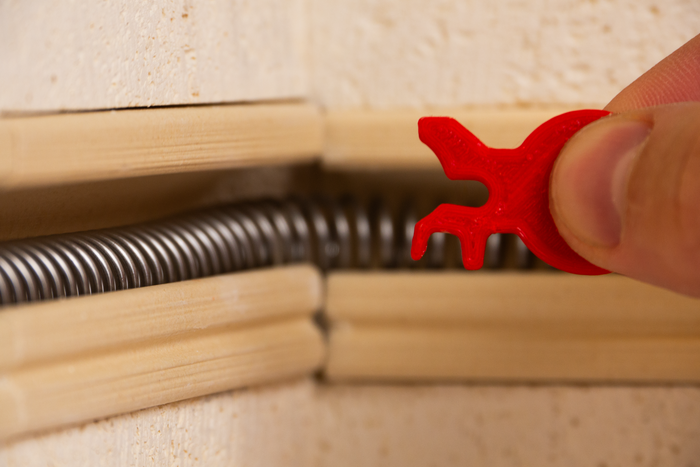
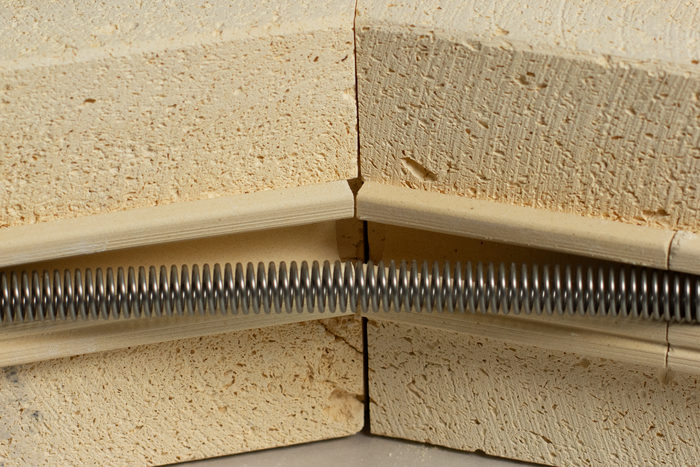

Assembly
1. Position the kiln stand appropriately.
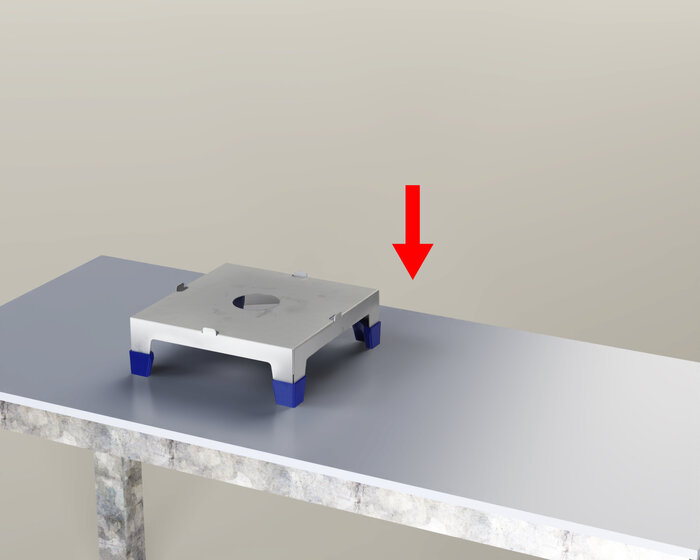
2. Put the kiln bottom on the stand.

3. Place the kiln ring onto the bottom.
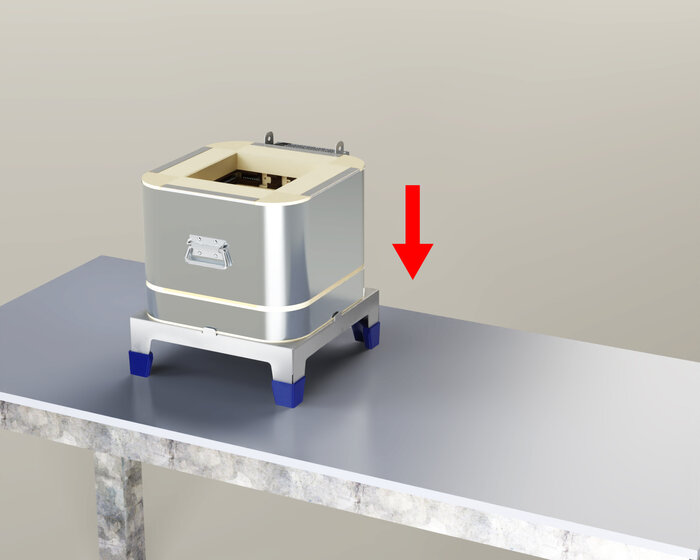
4. Place the lid on top. Make sure the hinge ears fit into place.
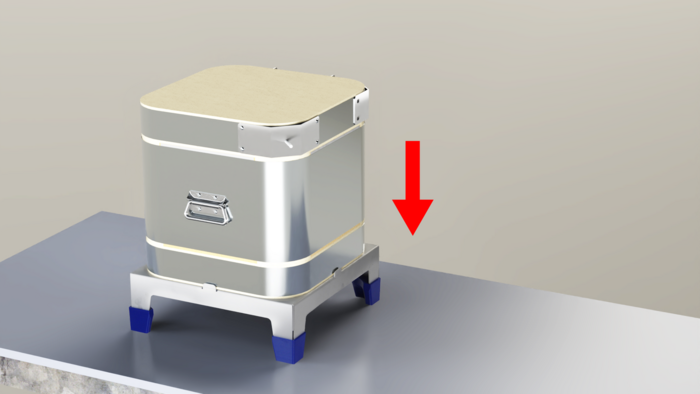
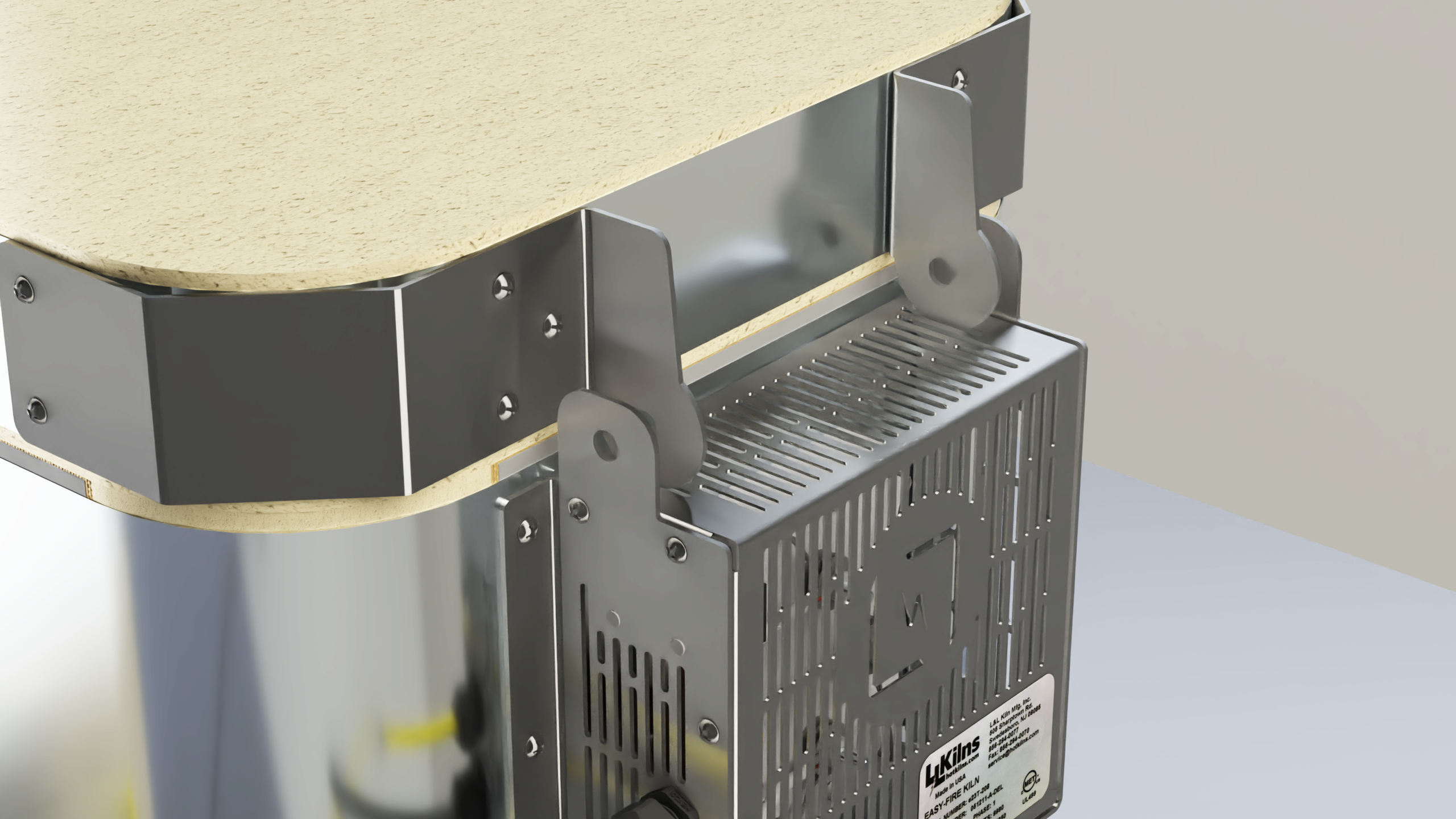
5. Insert the bar through the hinge and secure it on both ends with cotter pins.
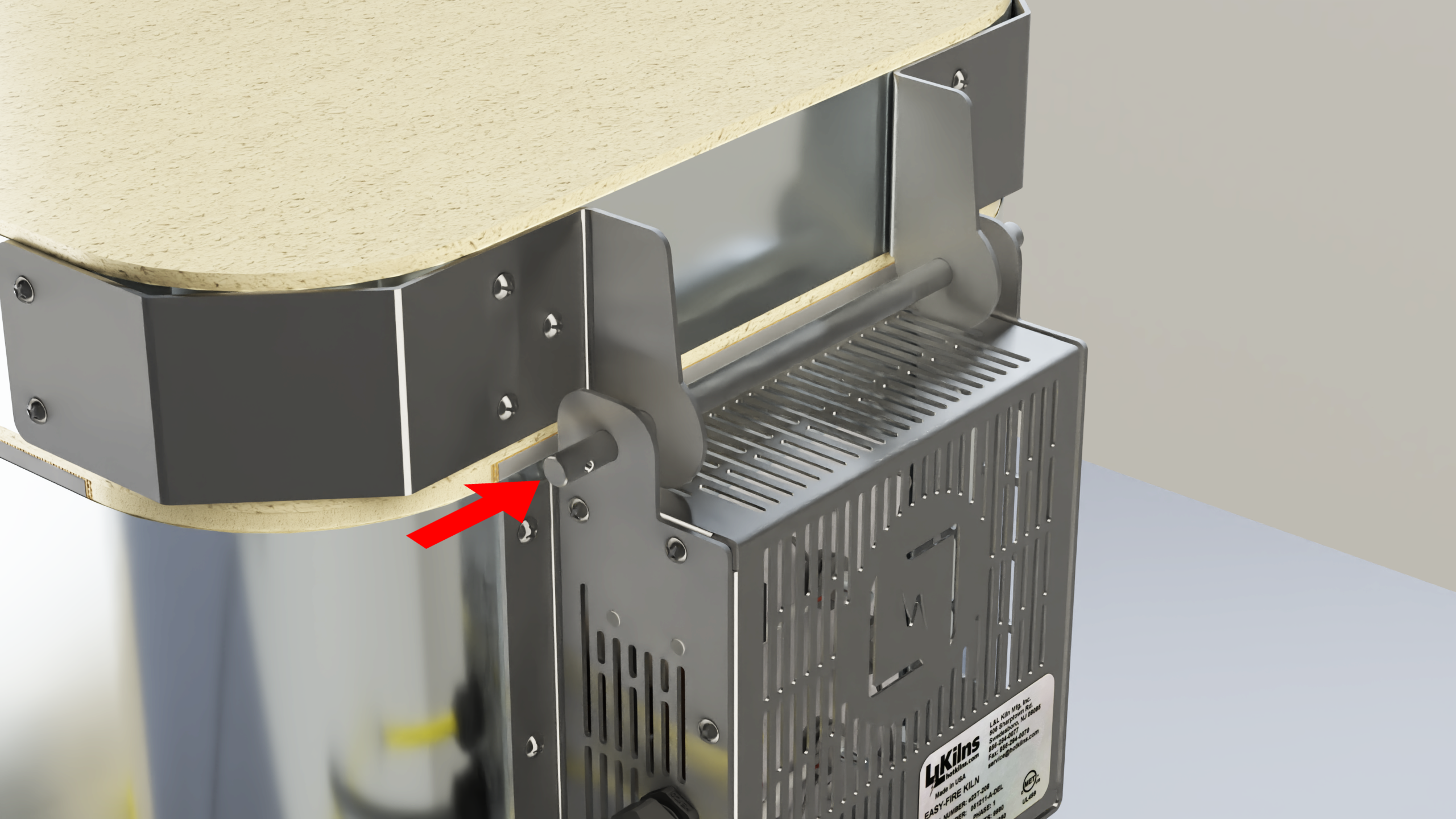
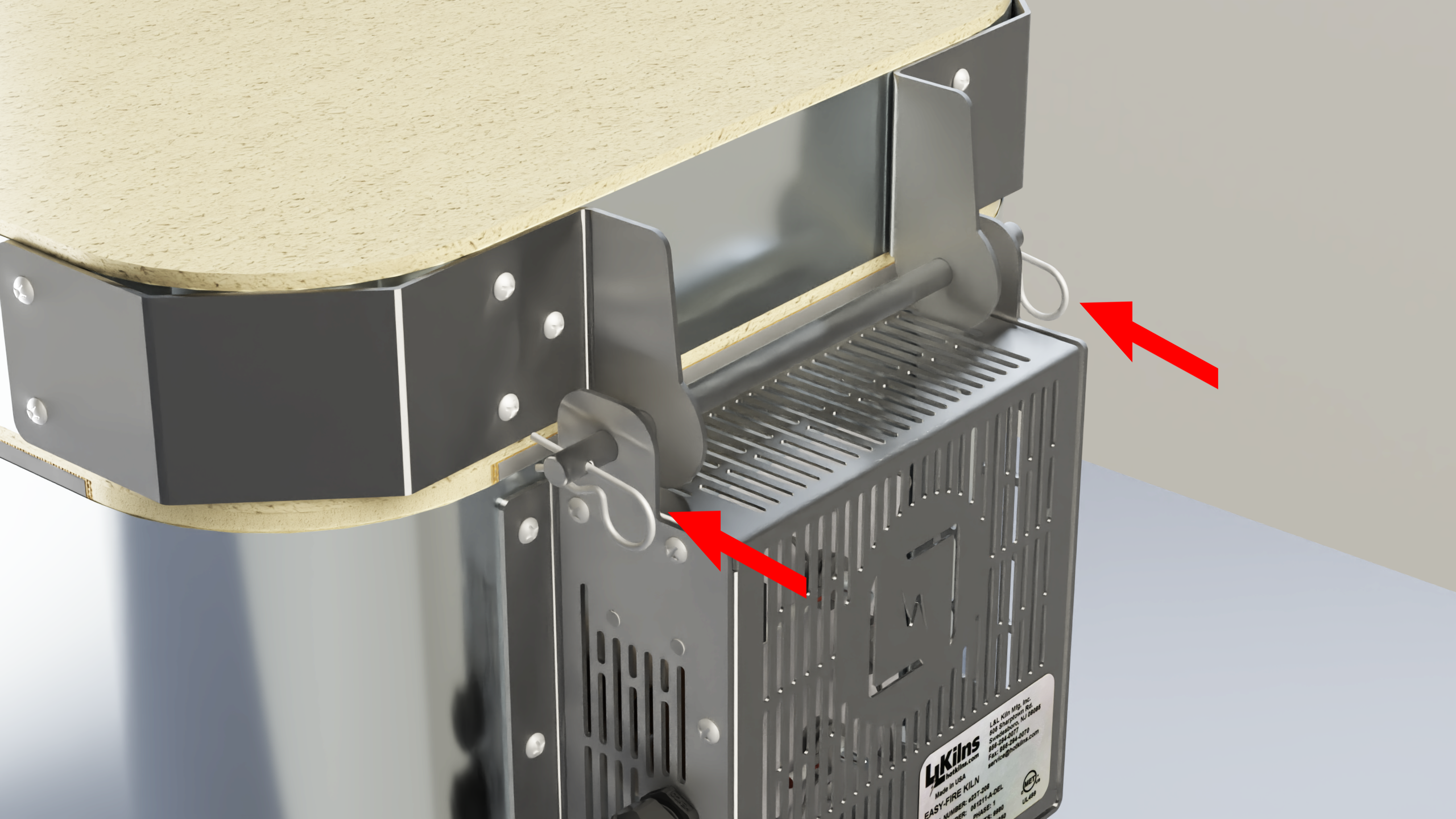
6. Attach the handle. Slide the ceramic spacer onto the threaded rod and screw the plastic handle into place.


7. Connect the power wires and thermocouple wires from the Genesis-mini to the element box.

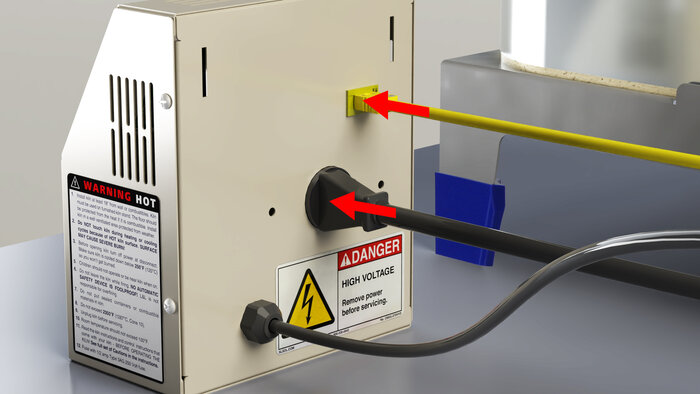
Now you're ready to Plug-N-Fire!
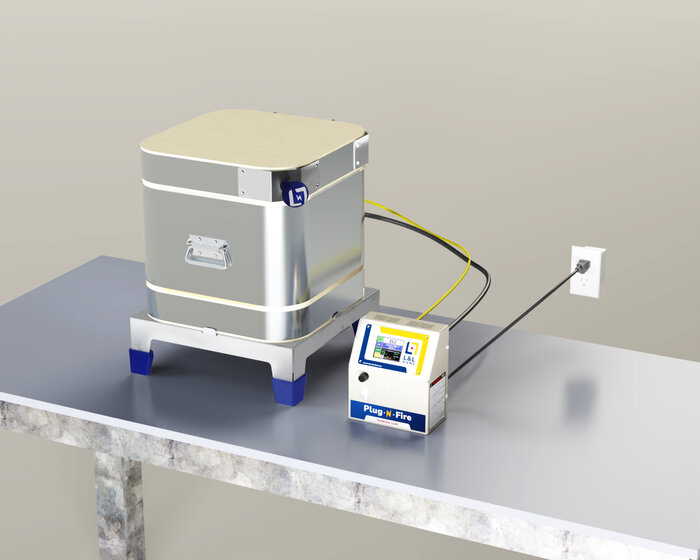
Moving
If you need to relocate the Plug-N-Fire kiln, you can easily disassemble and reassemble it at the new location. However, it's crucial to be aware that kilns expand and contract during the firing process, which can cause the steel case to loosen over time. Therefore, if the kiln has been fired, ensure you tighten the steel case before moving it. This precaution helps maintain the kiln's structural integrity and ensures safe transport.
IMPORTANT FIRING TIPS
Due to the additional backup insulation in your Plug-N-Fire kiln, it may tend to fire hotter than your control is programmed to. To address this, we recommend reviewing our detailed calibration page to thoroughly understand the calibration process.
However, a simpler workaround that you might consider before diving into calibration is to program the kiln to fire at a lower cone than your target. For instance, if you aim for a cone 6 firing but notice the kiln is reaching cone 7, try setting the program to fire at cone 5 instead. For lower firings, such as cone 06, try setting the kiln to fire two cones lower at cone 08.
Additionally, incorporating a custom slow cool segment at the end of your firing, which can be beneficial for certain glazes, may increase the heat work. You'll need to compensate for this accordingly. Always use witness cones to monitor the firing process and make necessary adjustments.


